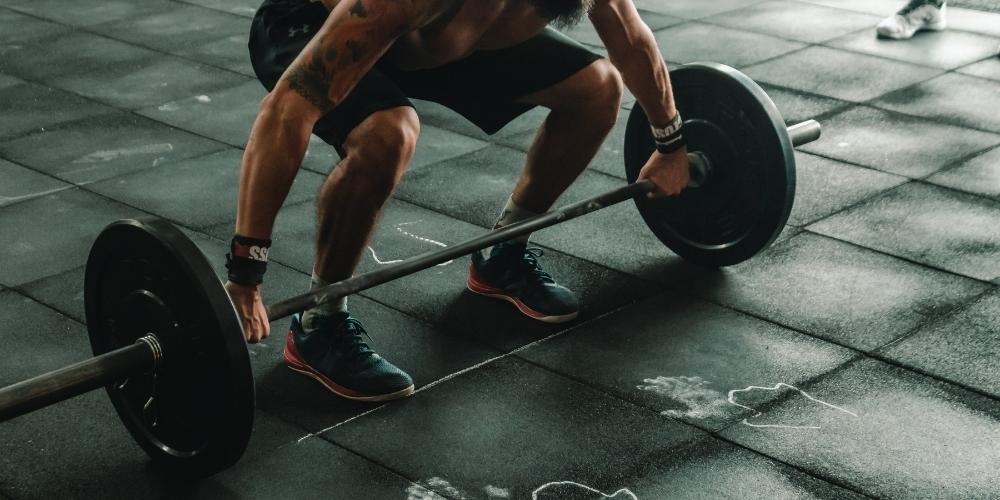
The Differences Between Training and Running Shoes
Jan 12 , 2021
Tags - The differences between training and running shoes
Many think that running and training shoes are the same, but they are not.
Trainers
Training Shoes have a flat sole for flexibility as they are used for multi directional movement, such as jumping, changing the direction suddenly etc.
Further, these are worn more in the gym for classes, weight lifting, strength training and more.
In addition, trainers have flexible midsoles and comfortable upper.
Additionally, low heel (heel drop is the height difference between heel and the toe) drop gives a better centre of gravity while training.
And, trainers are usually light for efficient training.
If not used appropriately, using the wrong shoe for training may result in less efficient training, discomfort and injuries.
Running Shoes
Running shoes have higher heel drop, added support and cushioning for comfort and shock absorption.
In particular, running shoes are used for heel-to-toe movements. Hence, running shoes are worn more in tracks and runs.
From a usability perspective, running shoes protect the feet when pounding the pavement on repeat while running.
In addition, running shoes provide midsole foot cushioning, arch support, injury prevention and higher athletic performance.
Features
1. Injury Prevention
Running shoes can prevent multiple injuries.
For example, overuse injuries such as joint pain and tendonitis. So, the outsole cover protects the feet from cuts and scrapes. However, not wearing proper running shoes can harm the shock absorption levels and cause stress fractures.
Even though Running Shoes prevent multiple injuries, they can also cause harm when worn during training. In particular, the higher heel drop might cause ankle sprain. As running shoes have a low centre of gravity aid, while exercising it might lead to a knee or ankle injury.
Likewise Running in Training shoes could cause plantar fasciitis.
2. Improved Athletic Performance
The added comfort in trainers improves the overall athletic performance.
But, wearing running shoes for training might harm that performance as it hinders the flexibility and provides less traction and grip for the sole.
However, the cushioning and support provided in the running shoe helps to run faster and increase the mileage.
3. Midsole Foot Cushion
The foot cushion in running shoes reduces the stress added on toes, ankle and heels while running.
Therefore, they give support and comfort.
As this would alleviate body mechanics, it would also give an added benefit for knee, hip and back pain prevention.
4. Arch Support
Arch support in running shoes is a high priority feature for regular exercisers.
Especially for someone who has flat feet or even high arched feet, trainers give added support to the feet.
The bottom line is: Wear appropriate shoes for the particular exercise. Or it may lead to overall discomfort and injuries.
To learn more, get in touch with us today.
In the meantime, check our ranges:
- Trainers
You may also like:
- 10 Different Types of Feet And Their shapes
- Advantages and Disadvantages of Compression Socks & Stockings
- A Short History of Shoemaking
- The Strange History of Heels
- Blast from the Past: Shoe Stores, Branding, & Marketing
- Looking After Your Shoes?: 3 Things Not to Do
- Importance of Getting the Shoe Size Right
